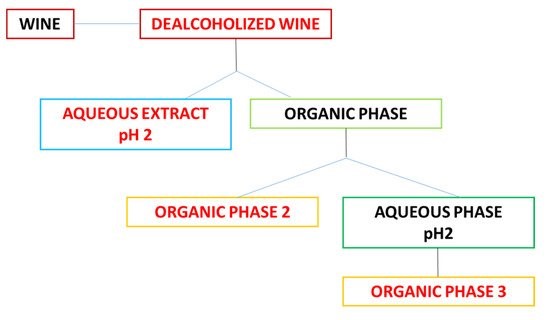CONFERENCE PROCEEDING
Phenolic analysis and in vitro biological activity of red wine, pomace and grape seeds oil derived from vitis vinifera L. Cv. montepulciano d’Abruzzo
1
Department of Pharmacy, ‘Gabriele d’Annunzio’ University of Chieti-Pescara, Chieti, Italy
Publication date: 2022-05-27
Corresponding author
Azzurra Stefanucci
Department of Pharmacy, ‘Gabriele d’Annunzio’ University of Chieti-Pescara, IT-66100, Chieti, Italy
Department of Pharmacy, ‘Gabriele d’Annunzio’ University of Chieti-Pescara, IT-66100, Chieti, Italy
Public Health Toxicol 2022;2(Supplement Supplement 1):A104
KEYWORDS
ABSTRACT
Grape pomace is commonly considered a waste product of monovarietal red wine production1. HPLC-DAD analysis was performed to determine the polyphenol and flavonoid contents of all the extracts obtained from Montepulciano d’Abruzzo red wine and grape skins whereas, GC-MS was applied to the determination of fatty acid composition in grape seeds oil. Biological characterization involves antioxidant and antimicrobial assays for all the extracts and seeds oil; Their ability to inhibit α-glucosidase, α-amylase, α-tyrosinase, and ChE enzymes was also detected, together with anti-inflammatory activity on wine, grape skin extracts, and seeds oil by lipoxygenase (5-LOX) and LPS-stimulated macrophage release assays. Data indicate significative polyphenols content (199.31 ± 7.21 mgGAE/g), antioxidant [CUPRAC assay (1036.98 mgTE/g)], enzymatic inhibition (α-tyrosinase: 151.30 ± 1.20 mgKAE/g) and anti-inflammatory activities for wine-organic extract 2, while the antimicrobial activity of grape skin decoction is higher than those reported by wine extracts on three bacterial strains. Interestingly only dealcoholized wine and wine-aqueous extract exerts inhibitory effects on α-glucosidase (20.62 ± 0.23 mmolACAE/g and 19.81 ± 0.03 mmolACAE/g, respectively), while seeds oil is rich in oleic and linoleic acids2. These results confirm the strong antioxidant properties of Montepulciano d’Abruzzo grape pomace, suggesting the potential use of this waste product as functional food supplements in the human diet and in cosmeceutics.


REFERENCES (2)
1.
Tofalo R, Patrignani F, Lanciotti R, et al. Aroma Profile of Montepulciano d'Abruzzo Wine Fermented by Single and Co-culture Starters of Autochthonous Saccharomyces and Non-saccharomyces Yeasts. Front Microbiol. 2016;7:610. doi:10.3389/fmicb.2016.00610
2.
Mollica A, Scioli G, Della Valle A, et al. Phenolic Analysis and In Vitro Biological Activity of Red Wine, Pomace and Grape Seeds Oil Derived from Vitis vinifera L. cv. Montepulciano d'Abruzzo. Antioxidants (Basel). 2021;10(11):1704. doi:10.3390/antiox10111704
Share
RELATED ARTICLE
We process personal data collected when visiting the website. The function of obtaining information about users and their behavior is carried out by voluntarily entered information in forms and saving cookies in end devices. Data, including cookies, are used to provide services, improve the user experience and to analyze the traffic in accordance with the Privacy policy. Data are also collected and processed by Google Analytics tool (more).
You can change cookies settings in your browser. Restricted use of cookies in the browser configuration may affect some functionalities of the website.
You can change cookies settings in your browser. Restricted use of cookies in the browser configuration may affect some functionalities of the website.

